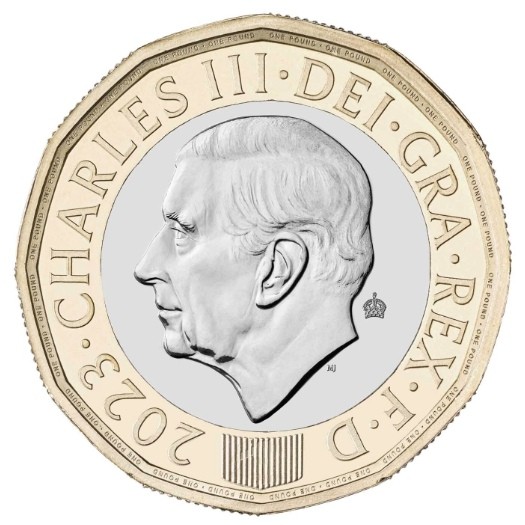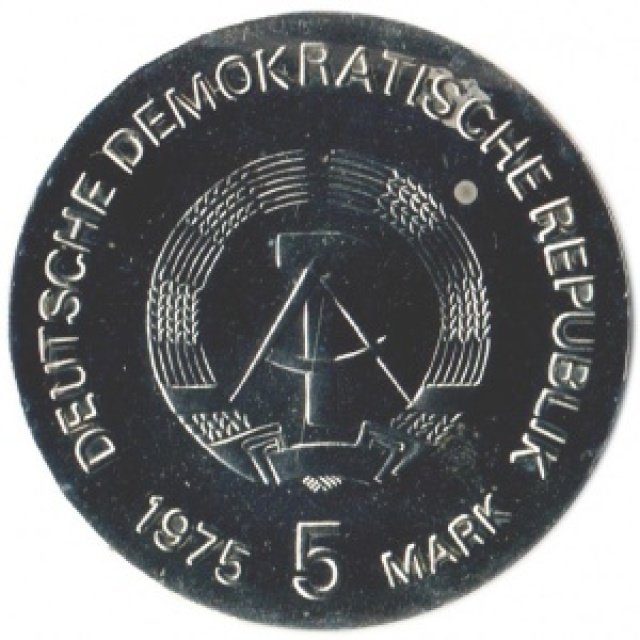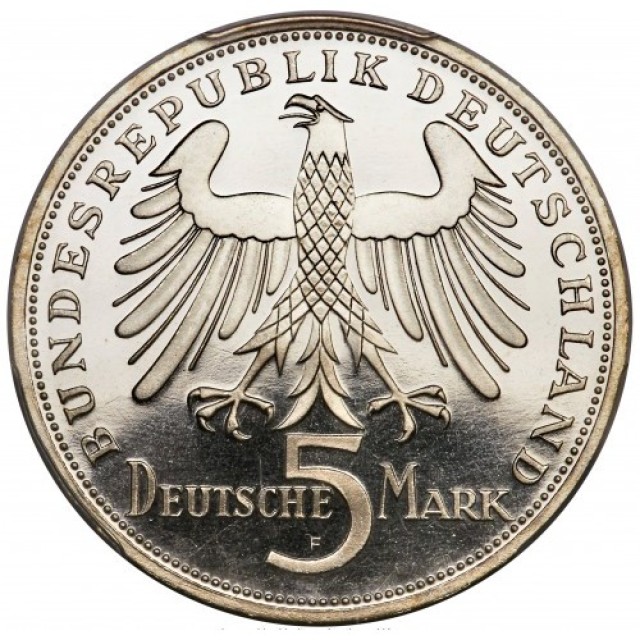USA 5 dollars Classic Head 1837


Rarity
Attributes of Coins
| Melt Value | $1,013.87 7.524g Gold |
|---|---|
| Region | USA |
| Denomination | 5 dollars |
| Krause number | KM# 57 |
| Mintage | 207,121 |
| Metal | Gold 0.900 |
| diameter | 22.5 mm |
| weight | 8.36 g |


Introduction of Coins
Only three die varieties are known for the 1837 half eagles, all distinguishable by the obverse alone. Examples have either a Script 8 or Block 8 date style, with the Block 8 style showing either a single or double curl in front of the forehead. There are actually three different reverse dies as well for the issue, but they are more difficult to attribute. All three die marriages are collectible but all are scarce, since the 1837 has the lowest mintage among all Philadelphia issues of the type. Presumably, the historically high mintages from 1834 to 1836 fulfilled the economic demand for gold coins during an era when private bank notes were more common in circulation.
The typical 1837 half eagle grades VF to AU, when it is encountered at all. Equivalent in value to today's high denomination note, the usual 1837 five dollar piece went from hand to hand slowly, in contrast to a large cent that was spent on everyday purchases. As the largest gold denomination of its day, the 1837 half eagle was a store of value and was set aside. Unlike its counterparts from late in the 19th century, such pieces were owned by individuals instead of banks. Eventually, banks held their reserves in the form of gold coins, which explains why late-date Liberty half eagles are comparatively plentiful in Mint State. In the 1830s, however, bank reserves consisted mainly of Capped Bust halves.
An 1837 half eagle would be held for a time and then spent on farming equipment or a similar major purchase. Changing hands a few times a year, many remained in AU condition, or in lower Mint State grades with slightly impaired field luster. Premium Gems are virtually unheard of, since the purchasing power of a half eagle could improve one's life, and such practical considerations triumphed over any desire to keep a pristine example as a keepsake. No one seriously collected gold coins until after the Civil War, when increased numismatic knowledge and a growing concentration of wealth made such a venture possible.
The total mintage of Classic half eagles exceeded 2 million pieces. Eventually most of the mintage was exported overseas, since foreign traders accepted gold but not paper money. The coins were then melted and transformed into more familiar local types. At most 2% of the original type mintage, or 40,000 pieces, has survived in any condition. Those are distributed among the five years of the type. Many are cleaned, damaged, or otherwise undesirable, and the vast majority show wear.
Read More











